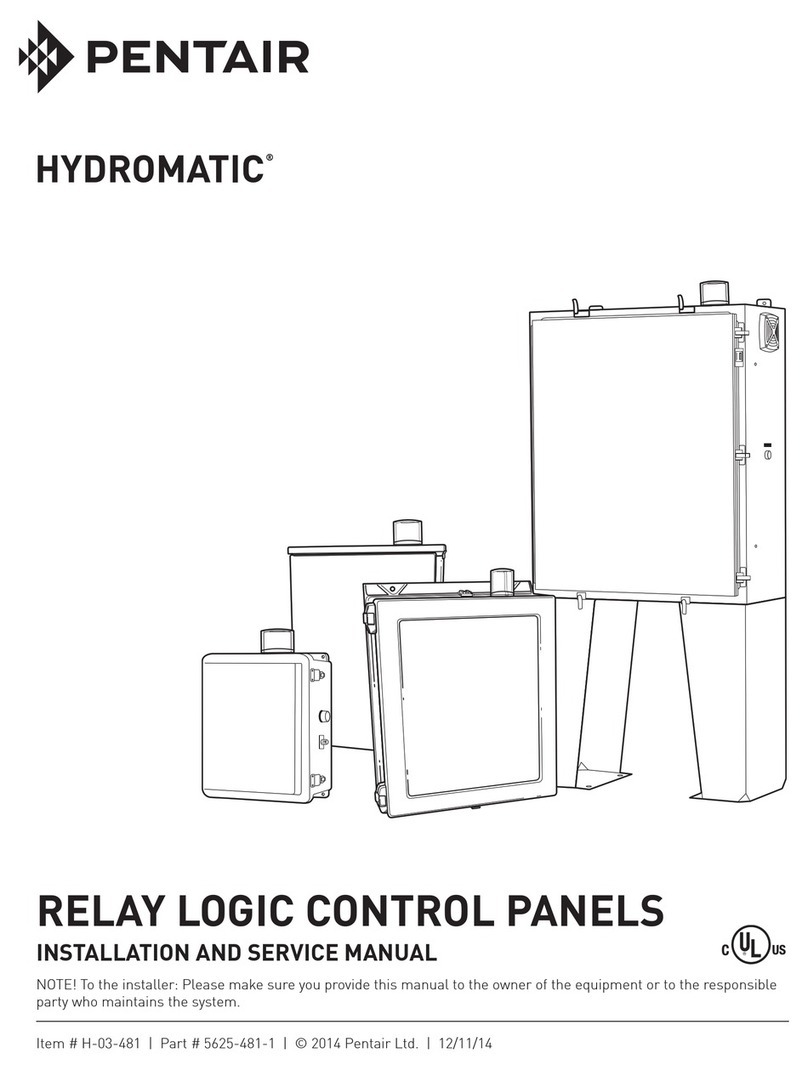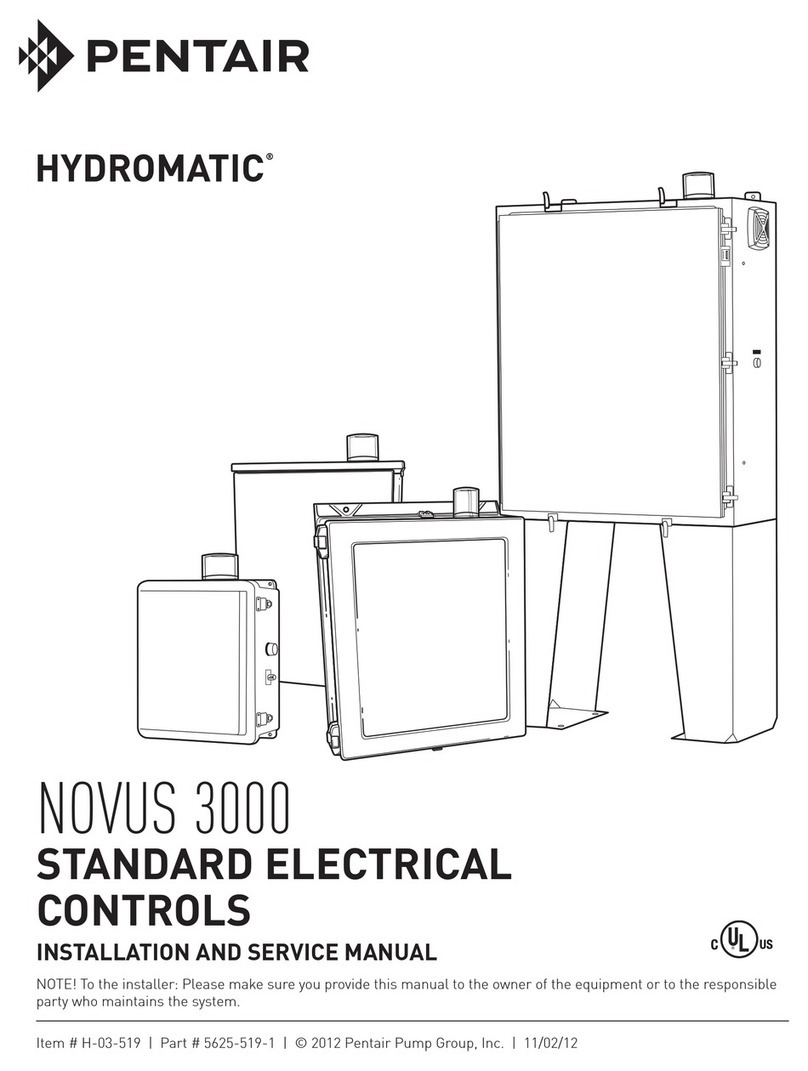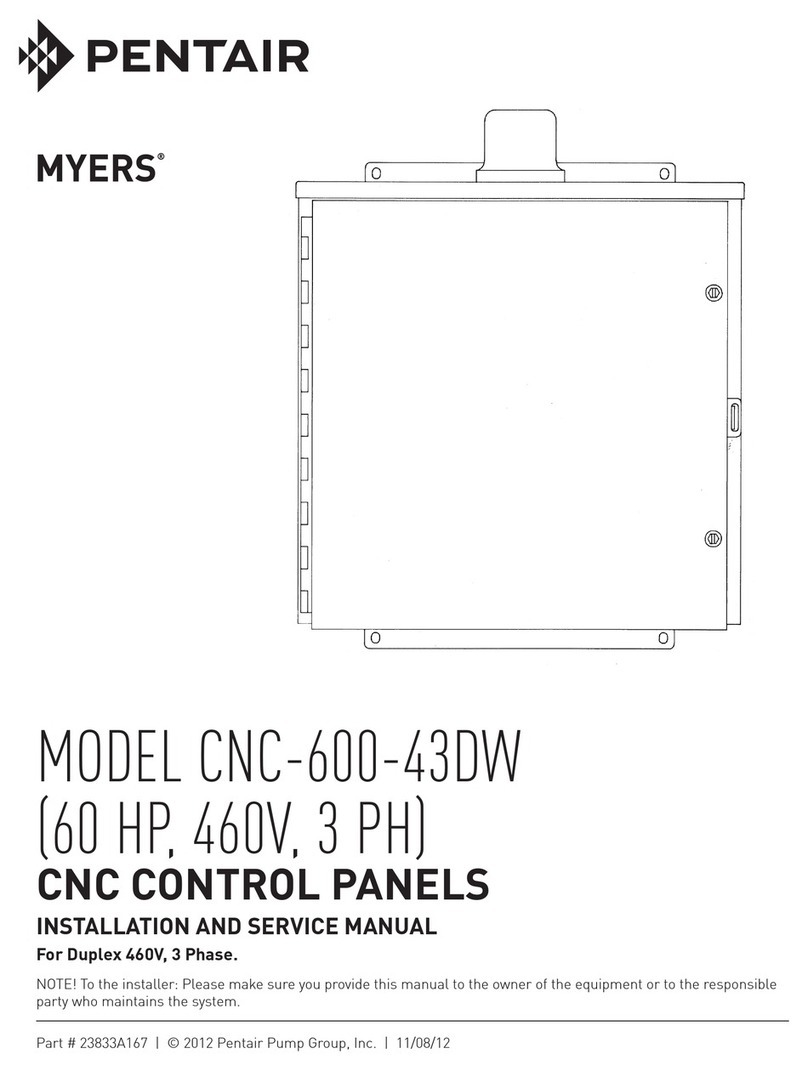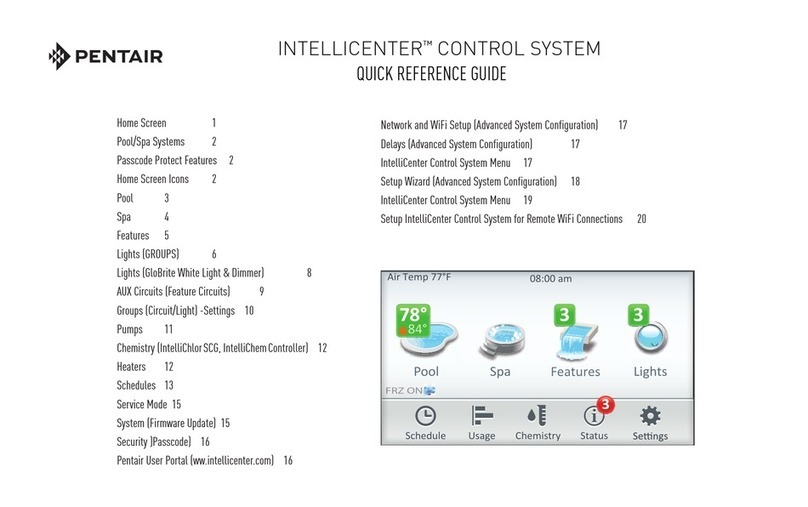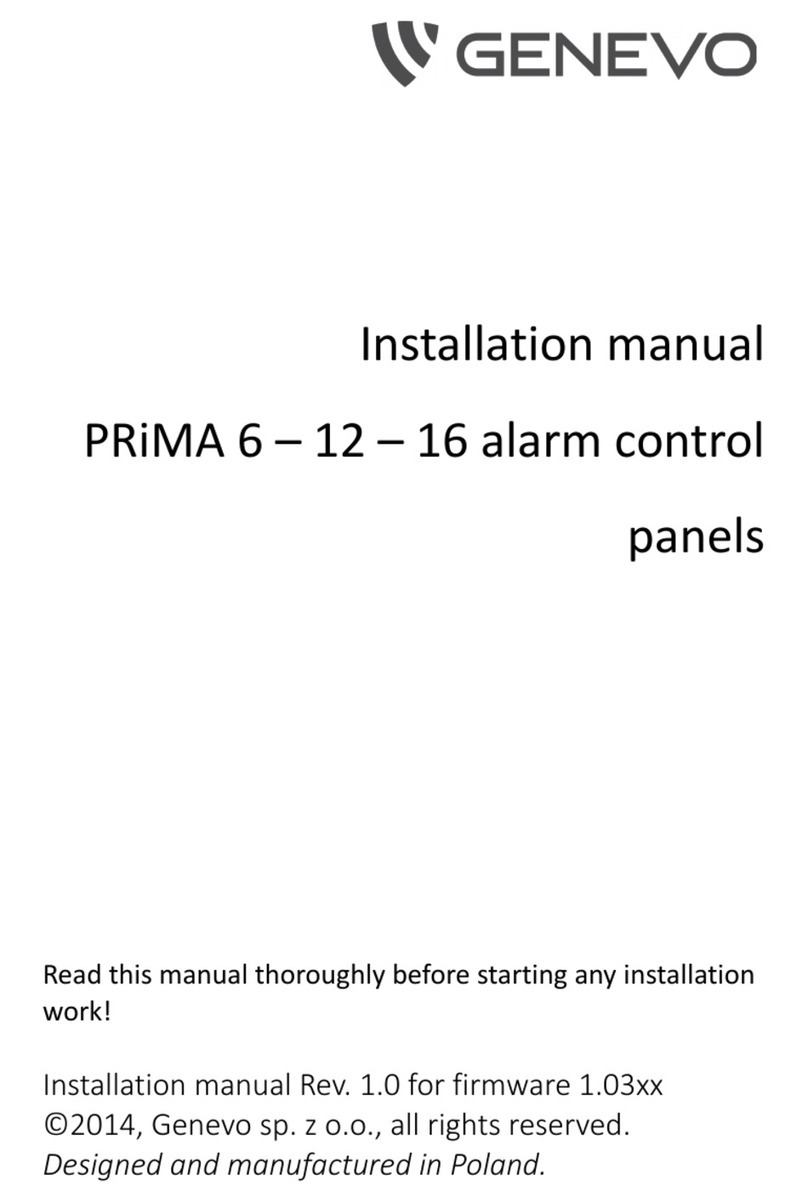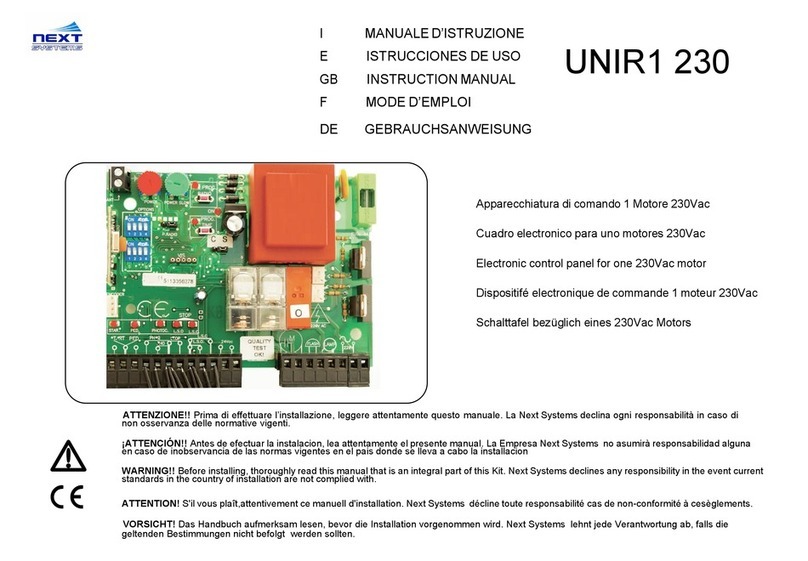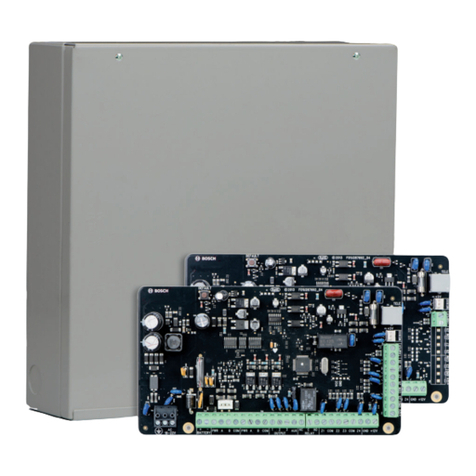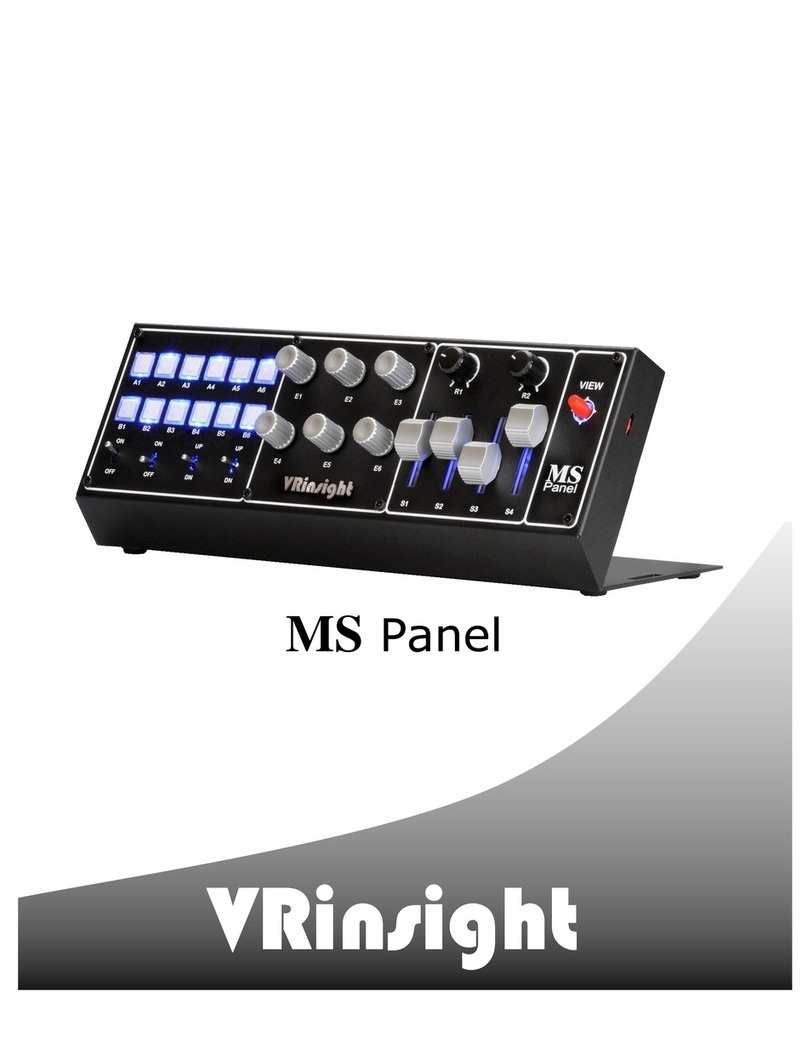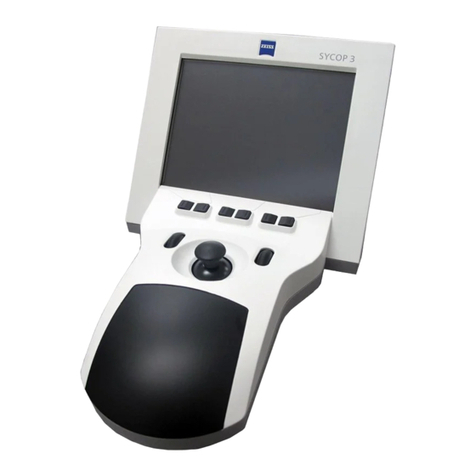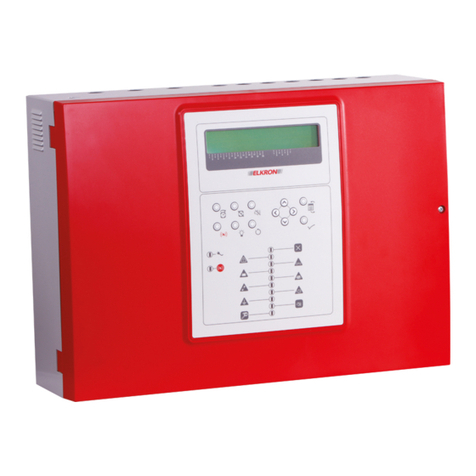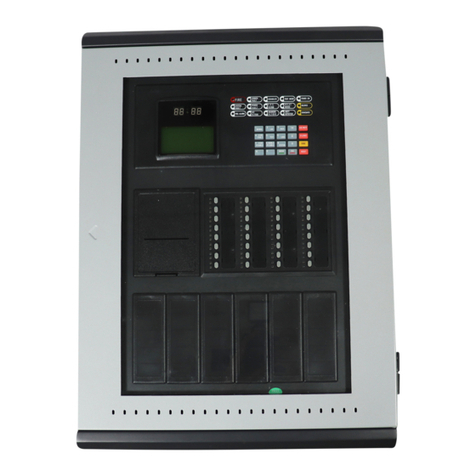
2
Thank you for purchasing your
Hydromatic®control panel. To
help ensure years of trouble-
free operation, please read the
following manual carefully.
Before Operation:
Read the following instruc-
tions carefully. Reasonable care
and safe methods should be
practiced. Check local codes and
requirements before installation.
Attention:
This manual contains important
information for the safe use of
this product. Read this manual
completely before using this
product and refer to it often for
continued safe product use. DO
NOT THROW AWAY OR
LOSE THIS MANUAL. Keep it
in a safe place so that you may refer
to it often.
Unpacking Panel:
Remove panel from carton.
When unpacking unit, check for
concealed damage. Claims for
damage must be made at the
receiving end through the delivery
carrier. Damage cannot be
processed from the factory.
CALIFORNIA PROPOSITION
65 WARNING:
This product and
related accessories contain
chemicals known to the State of
California to cause cancer, birth
defects or other reproductive
harm.
WARNING: Before handling
these pumps and controls,
always disconnect the power
first. Do not smoke or use
sparkable electrical devices or
flames in a septic (gaseous) or
possible septic sump.
Electrical Connections:
The contractor must conform
to the latest requirements of the
National Electrical Code. All
conduit and cables shall be in
accordance with NEC Code
NFPA #70. To maintain UL and
CSA ENCL rating, use the same
type UL and CSA weatherproof
conduit hubs when connecting to
this enclosure. Prior to conducting
any installation, repair or service
with regard to the control panel,
refer to the schematic appropriate
for that panel. The schematic will
provide guidance with regard to
the terminal block connections.
CAUTION: Nonmetallic
enclosures do not provide
grounding conduit connections.
Use grounding bushing and
jumper wires.
Make the Following Electrical
Connections:
a. Connect the pump leads to
the control panel. If pump
is single phase and the panel
has start capacitor, start
relay and run capacitor, it is
critical that the pump leads
be connected properly. The
White, Black, and Red pump
leads must be connected to
the appropriate terminals
as directed by the panel
schematic and the label on
the back panel below the
terminals.
b. Connect the pump heat sensor
and seal failure leads (if
available on the pump) to the
General
Information
1. Check junction box for
moisture. Moisture may cause
chattering of relays/contactors.
2. If pump is single phase with
start capacitor, start relay
and run capacitor in panel.
Check that pump White,
Black, and Red power
wires are connected to panel
correctly.
3. WARNING! Live voltage can
kill! Check incoming power
voltage to make sure that
it is correct for panel and
pump model.
appropriate terminal blocks in
the control panel. If the heat
sensor lead from the pump
is wired as indicated, remove
jumpers as defined by the
schematic.
c. Connect all the float control
leads to the appropriate panel
terminals. Contractor must be
very careful in locating the
floats at the proper elevations.
The maximum distance from
the control panel to the floats
is the lesser of l00 feet,
or the maximum distance
recommended for the pump.
d. Before connecting power to the
control panel, make sure all
control switches (e.g. H-O-A
switch) and protective devices
(e.g. breakers) are in the Off
position. Now connect power
to the terminal block or the
circuit breaker as directed by
the schematic.
e. Control panel must be grounded
properly per NEC and/or local
codes. To facilitate this, a
ground lug is provided on the
control panel.
Pump
Operation
